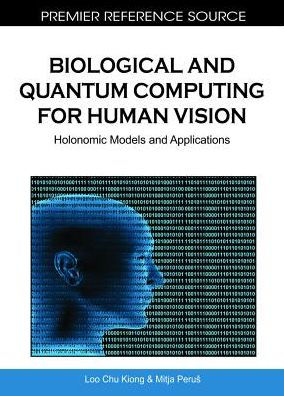Biological and Quantum Computing for Human Vision: Holonomic Models and Applications
Many-body interactions have been successfully described through models based on classical or quantum physics. More recently, some of the models have been related to cognitive science by researchers who are interested in describing brain activity through the use of artificial neural networks (ANNs). Biological and Quantum Computing for Human Vision: Holonomic Models and Applications presents an integrated model of human image processing up to conscious visual experience, based mainly on the Holonomic Brain Theory by Karl Pribram. This work researches possibilities for complementing neural models of early vision with the new preliminary quantum models of consciousness in order to construct a model of human image processing.
1140403577
Biological and Quantum Computing for Human Vision: Holonomic Models and Applications
Many-body interactions have been successfully described through models based on classical or quantum physics. More recently, some of the models have been related to cognitive science by researchers who are interested in describing brain activity through the use of artificial neural networks (ANNs). Biological and Quantum Computing for Human Vision: Holonomic Models and Applications presents an integrated model of human image processing up to conscious visual experience, based mainly on the Holonomic Brain Theory by Karl Pribram. This work researches possibilities for complementing neural models of early vision with the new preliminary quantum models of consciousness in order to construct a model of human image processing.
245.0
Out Of Stock
5
1

Biological and Quantum Computing for Human Vision: Holonomic Models and Applications
316
Biological and Quantum Computing for Human Vision: Holonomic Models and Applications
316
245.0
Out Of Stock

Product Details
| ISBN-13: | 9781615207855 |
|---|---|
| Publisher: | Medical Information Science Reference |
| Publication date: | 11/30/2010 |
| Pages: | 316 |
| Product dimensions: | 7.20(w) x 10.10(h) x 1.00(d) |
From the B&N Reads Blog
